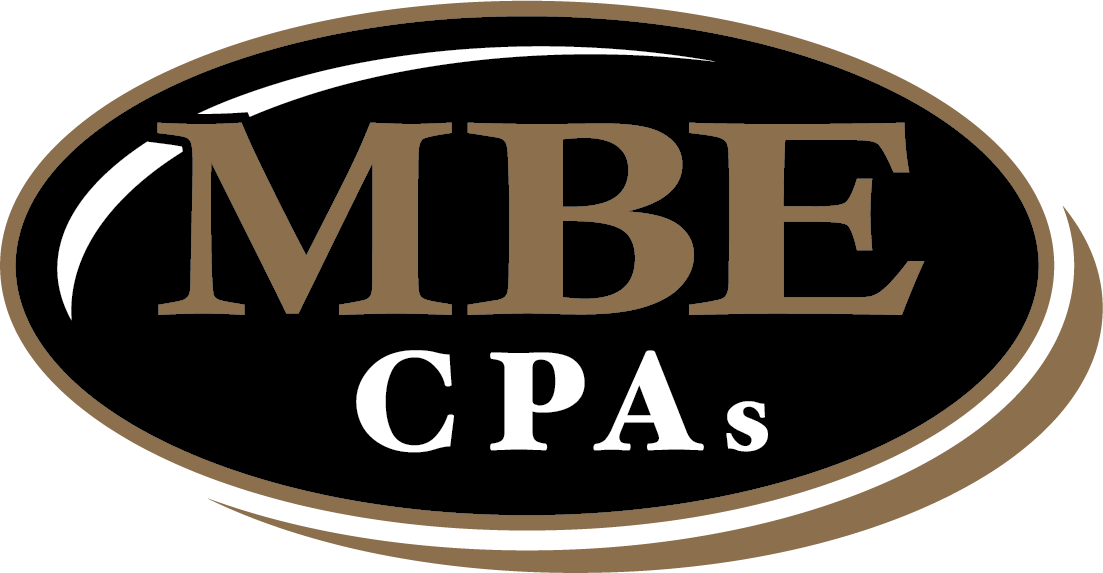How to Strengthen Your Audiology Practice Finances

Featured Topics:
Running a private audiology practice involves more than just providing patient care. It requires attention to financial well-being. You can be the best provider in the country, but if you don’t spend time focusing on the financial side of the business, you might find yourself in an unfortunate situation. I’ve spent a considerable portion of my career working with healthcare professionals, and I understand the balance between clinical care and business management. One of the most common discussions I have with practice owners revolves around profitability as the foundation that allows for high-quality patient care. While financial performance may not always be the primary concern, having a solid understanding of key financial indicators can help identify areas for improvement and highlight opportunities for growth.
Understanding the financial side of your practice doesn’t mean shifting focus away from patient care. Instead, it provides a clearer picture of how the actions you and your employees take in day-to-day patient care affect the financial performance of your business. By monitoring the right financial metrics, you can make informed decisions that support both the health of your business and the quality of care you provide. Below are some of the most important financial factors to consider, along with practical ways to strengthen your practice’s financial position.
To build a more comprehensive and sustainable financial model, consider:
- Offering bundled services to maximize patient value
- Optimizing appointment scheduling to increase efficiency
- Reinforcing the value of additional care through patient education
- Encouraging regular check-ups and adjustments for better long-term support
Every dollar spent on marketing should contribute to building relationships with new patients. Understanding cost per lead helps determine whether marketing efforts are leading to actual patient growth or if resources are being wasted. The Medical Group Management Association (MGMA) reports that medical practices typically spend between 4-6% of their gross revenue on marketing, but the return on investment can vary widely. The most successful practices we work with typically spend between 10% and 15% of their revenue on marketing. Spending more money doesn’t always lead to increased revenue; it’s important to have documented processes for managing your leads. With the proper documentation, leads can be converted to patients.
To improve cost per lead and marketing effectiveness:
- Compare digital marketing with traditional print advertising to determine cost-effectiveness. Calculate and track your ROI for both methods for an accurate comparison.
- Focus on patient education and community outreach to increase word-of-mouth referrals.
- Optimize online presence through search engine optimization (SEO) and social media engagement.
- Educate staff on a documented process for converting potential patients into scheduled appointments. Staff should be informed on how to attend to potential patients from the moment they raise their hand for help, all the way to booking them for an appointment.
Profits as a Percentage of Sales
Profitability benchmarks give a clearer picture of financial health. According to the Academy of Doctors of Audiology (ADA), a net profit margin of 15-25% is common for audiology practices. If your margins are lower, it may be worthwhile examining operational costs and pricing structures.
To improve profit margins:
- Regularly review supplier agreements and renegotiate service contracts
- Identify areas where spending can be adjusted without sacrificing quality
- Analyze pricing strategies for services and products to ensure profitability
- Reduce unnecessary overhead costs, such as excessive staffing or redundant software subscriptions
Ideas to increase Average Selling Price (ASP):
- Provide comprehensive hearing wellness programs and tinnitus management services
- Introducing membership-based maintenance plans for long-term patient support
- Need to convert from selling widgets to the medical treatment of hearing loss and tinnitus
Accounts Receivable (A/R) Turnover
State laws regulate that hearing aids have a 45-day free return policy, which increases the length of A.R., yet many audiology practices struggle with outstanding invoices.
To improve cash flow:
- Establish clear payment policies and communicate them to patients upfront
- Offer multiple payment options, including online and automated billing
- Regularly review billing processes to identify and resolve inefficiencies
- Working with your insurance company to follow accessible policy guidelines can help ensure claims are submitted properly the first time, reducing the need for appeals and allowing you to get your payment faster.
Operating Expense Ratio
Spending on operations is necessary, but excessive costs can eat into profitability. Comparing expenses to industry standards can help identify areas where adjustments may be necessary.

To keep operating expenses in check:
- Periodically review staffing costs, office supplies, utilities, and software subscriptions
- Assess whether technological investments, such as automated reminders and EHR systems are providing real value
- Reduce unnecessary expenditures without compromising patient care
- Identify opportunities for bulk purchasing or supplier discounts
Hearing Aid Return Rate
A high rate of returned hearing aids can indicate issues with patient expectations, improper fittings, or a lack of education on device use. Returns not only impact revenue but can also affect patient trust and satisfaction.
To reduce hearing aid returns:
- Analyze return data to identify patterns and problem areas
- Improve the fitting process to enhance patient comfort and satisfaction
- Provide clear instructions on adjustment periods and proper device use
- Offer follow-up appointments soon after fittings to address concerns early
Staff Productivity
Your team plays a significant role in the success of the practice. If productivity levels are low, it may be due to unclear workflows, insufficient training, or administrative burdens that take time away from patient care.

To boost staff productivity:
- Evaluate appointment scheduling and patient flow to reduce bottlenecks
- Clearly define staff roles and responsibilities to improve task delegation
- Conduct regular training and performance reviews to identify areas of improvement
- Use technology where appropriate to reduce administrative workload and allow staff to focus on patient care
Key Performance Indicators to Measure
Optimizing financial health in an audiology practice extends beyond simply tracking revenue; it requires a thorough examination of key performance indicators (KPIs) that reveal the true efficiency of your operations. By monitoring and acting on these metrics, audiology practices can make informed decisions that improve cash flow and long-term financial stability:
- Conversion Rates:
- Inbound Call Conversion Rate: How effectively are initial inquiries over the phone turning into scheduled appointments?
- Outbound Call Conversion Rate: What percentage of follow-up or outreach calls lead to a positive outcome, such as an appointment or further engagement?
- Conversion Rate on Opportunities: What is the overall success rate of converting identified opportunities (e.g., consultations, assessments) into actual treatments or sales?
- Companion Rate: Track how often a patient brings a companion (e.g., spouse, family member) to their appointment or how many individuals from a single household become patients, highlighting opportunities for multi-patient solutions and expanded services.
- Opportunities by Patient Type (New vs. Existing Patient): Understanding the distribution of your opportunities helps you gauge the effectiveness of new client acquisition versus patient retention.
- Number of Leads per Treatment Start: This metric provides insight into the efficiency of your marketing and lead generation efforts, helping to ensure your efforts are driving results and a strong return on investment.
- Ratio of Level of Technology Used to Fit Patients: Analyzing this helps optimize inventory management, pricing strategies, and ensures you’re effectively matching the appropriate technology to patient needs, while also maximizing profitability.
- Breakeven Analysis: A breakeven analysis is non-negotiable, offering a clear picture of the volume of services or sales needed to cover all operational costs and pinpointing areas for greater financial efficiency.
The Bottom Line
Taking a closer look at financial performance allows for better decision-making and long-term stability. Regularly reviewing these key metrics provides a clearer understanding of the practice’s current standing and where adjustments can be made. Even small changes can have a significant impact over time.
At MBE CPAs, we work closely with private practice audiologists to help them understand these financial metrics. Our team provides guidance on everything from improving cash flow to optimizing profitability. I personally attend audiology conferences across the United States to stay up-to-date on industry trends, ensuring that we offer relevant and informed advice. Whether it’s analyzing patient retention strategies or identifying ways to reduce overhead costs, we’re here to help you build a stronger, more financially secure practice. If you’d like to discuss your numbers and what they mean for your business, reach out. We’re always ready for a conversation.

1 thought on “How to Strengthen Your Audiology Practice Finances”
Comments are closed.